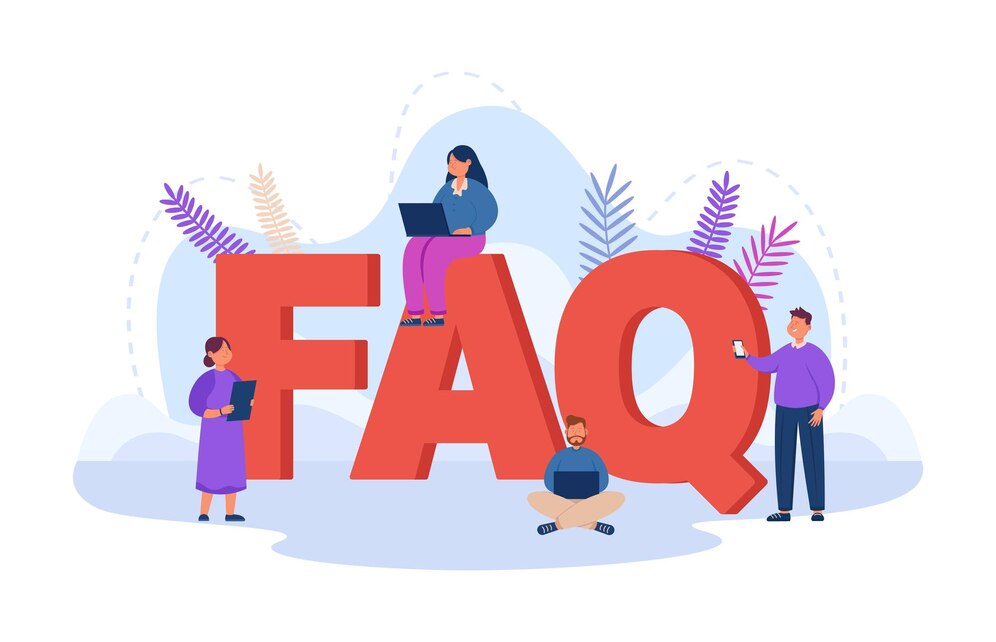Table of contents
As the world becomes increasingly digital, the demand for faster, more reliable, and efficient data transfer continues to rise. Enter 5G and beyond—a transformative leap in wireless technology that promises to reshape how we connect, communicate, and compute. But what exactly does this new era mean for our daily lives, industries, and the future of global connectivity?
In this blog post, we’ll explore the impact of 5G and beyond on connectivity and data transfer, look at how it’s changing industries, and peek into what lies ahead in the 6G era.
What Is 5G?
5G, or the fifth-generation wireless technology, is designed to deliver ultra-fast internet speeds, incredibly low latency, and massive device connectivity. It builds on the capabilities of 4G LTE but introduces a new level of performance that powers everything from smart cities to self-driving cars.
Key Benefits of 5G:
- Speed: Download speeds up to 10 Gbps—about 100x faster than 4G.
- Latency: As low as 1 millisecond, enabling real-time data exchange.
- Capacity: Supports up to 1 million devices per square kilometer.
1. Ultra-Fast Connectivity
The most noticeable benefit of 5G and beyond is ultra-fast connectivity. Whether you’re streaming 4K video, gaming in the cloud, or conducting video conferences, 5G reduces buffering, lag, and download times drastically.
This rapid speed upgrade means:
- Enhanced mobile experiences.
- Real-time cloud computing.
- Faster software and firmware updates.
2. Enabling the Internet of Things (IoT)
IoT is a network of interconnected devices that collect and share data—smart homes, wearables, smart cars, and industrial sensors. 5G and beyond will fuel the growth of IoT by providing the bandwidth and reliability needed for billions of devices to operate simultaneously and smoothly.
Real-World Examples:
- Smart traffic systems reducing congestion.
- Remote patient monitoring in healthcare.
- Precision farming using real-time sensor data.
3. Transforming Industries
With faster, more reliable connectivity, industries are embracing digital transformation like never before.
A few notable examples:
- Healthcare: Remote surgeries, wearable diagnostics, and real-time health tracking.
- Manufacturing: Smart factories powered by connected robots and sensors.
- Transportation: Autonomous vehicles and real-time traffic control.
- Entertainment: Augmented Reality (AR) and Virtual Reality (VR) going mainstream.
5G is the backbone for future-forward technologies across sectors, enhancing productivity, reducing downtime, and enabling innovations.
4. The Rise of Edge Computing
Edge computing processes data closer to where it’s generated instead of relying solely on cloud servers. With 5G and beyond, edge computing becomes far more powerful and practical, reducing latency and increasing efficiency.
Benefits:
- Real-time analytics and decision-making.
- Reduced bandwidth usage and data storage costs.
- Better performance for latency-sensitive applications like AR/VR and gaming.
5. Looking Ahead: What Comes After 5G?
While 5G is still being rolled out globally, researchers are already working on 6G, expected to launch commercially around 2030. 6G will push the limits of connectivity even further with:
- Terahertz-frequency transmissions.
- Data rates exceeding 100 Gbps.
- Integration with AI for self-optimizing networks.
This next-gen tech will support futuristic use cases like holographic communication, brain-computer interfaces, and real-time digital twins.
FAQs about 5G and Beyond

5G offers significantly faster data speeds, lower latency, and the ability to connect more devices simultaneously compared to 4G.
5G can deliver speeds up to 10 Gbps, allowing for almost instant data uploads and downloads—ideal for high-bandwidth applications.
Extensive studies and regulatory oversight from organizations like the WHO and FCC suggest that it radiation is well within safe limits for human exposure.
6G is currently in the research phase and is expected to be commercially available around 2030, offering even faster speeds and smarter connectivity.
From faster smartphones to smarter homes, enhanced telemedicine to improved public safety systems, it will enhance nearly every aspect of modern life.
Final Thoughts
The shift to 5G and beyond represents more than a simple upgrade in mobile network performance—it’s the foundation for a hyper-connected world. From everyday conveniences to industry-shaking changes, this technology will redefine how we work, live, and interact with our environments.
As we transition into this ultra-fast, low-latency future, embracing the possibilities and preparing for new digital norms is key. Whether you’re a consumer, business leader, or tech enthusiast, the 5G revolution is something you don’t want to miss.





